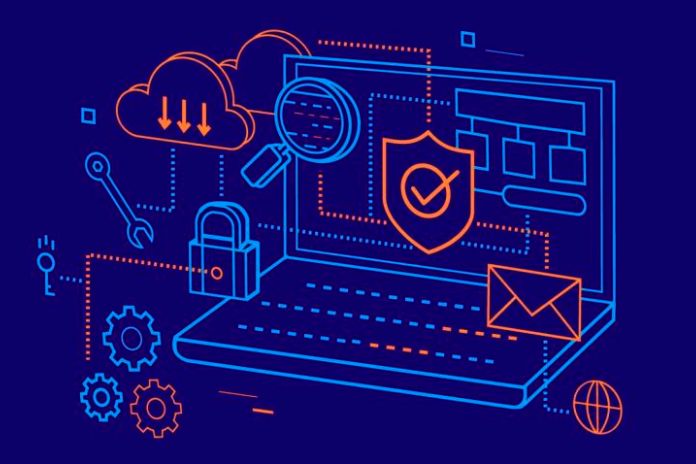Five Technologies That Help Protect Data

How do technologies contribute to data protection? With the digital transformation happening within companies and the advancement of technology, cybercriminals are also evolving, discovering new ways to break into security systems.
That’s why companies need to be aware and invest in professionals and technologies that help protect data. Here we separate five key technologies to ensure your company’s data is safe.
1 – VPN: Virtual Private Network
Virtual Private Networks or VPNs are private networks built on top of public networks. When you access the internet, your device or IP address is identified by the public network, and your data travels openly; the VPN will prevent your IP and all your information from being placed.
This “cyber disguise” model became very common during the pandemic, in which most companies had to adopt the home office modality, resorting to technologies to strengthen data protection.
Over the last decade, Google has established itself as a strong brand not only in the field of search engines but also in the field of web applications. With Gmail, it revolutionized the concept of webmail. Launching Google Drive has put together a robust suite of office programs that run from the cloud.
Google now reinvents Google Workspace to provide the best experience for managing remote teams. Google Workspace, formerly Google G Suite, is a complete platform for email, document management, spreadsheets, presentations, calendar, video conferencing, and many more apps.
For your company, Google Workspace is the opportunity to count on a lot of technology by using intelligent and powerful applications capable of optimizing multiple internal processes, reducing expenses, and increasing the team’s potential for success with security.
2 – Vulnerability Scan
As the name implies, the Vulnerability Scan does an accurate scan in search of security holes and the presence of threats. This is a fast, efficient and automatic way to identify the risks and vulnerabilities existing in the network.
Vulnerability Scan presents several benefits for the company, such as network security supervision, task automation, and promoting essential reports for developing data protection strategies by the IT team.
3 – NGAV: Next-Generation Antivirus
The Next Generation Antivirus (NGAV) or next-generation antivirus act preventively; unlike traditional antiviruses that fight the threat after the system has been invaded, they prevent this threat from entering the system.
Once the virus is detected, various obstacles and challenges are created to prevent the computer from being invaded. NGAVs are responsible for reducing risk and increasing data protection.
4 – Zero Trust Security Model
The Zero Trust security model was created by market research firm Forrester, which assumes that any user or device, on or off the network, is a potential threat.
Faced with such rigorous perspectives, it is necessary to establish some parameters for the model to work, identifying the devices and data that must be protected and monitored.
It is also essential to automate access release and blocking controls, whether individuals or groups; in this way, in case of data leakage, security professionals could detect the moment and place where the attack happened.
5 – Email protection
Emails are the main target of most cyber-attacks, so it is essential that they are not left out and that they have protection technologies. We can mention the maximum protection technologies for emails:
- Spam filtering: Automating spam will prevent suspicious emails from reaching employees’ inboxes.
- Email Encryption: Encrypt the message body and attachments, preventing unauthorized people from accessing the information.
- Disaster Recovery: It is always essential to have a backup; once data is stolen, there is a need for a way to recover what was lost.
Companies must prepare to deal with a massive volume of data, which grows exponentially annually. Google Workspace is a cloud-based platform that, from day one, has kept security as its top priority. Many teams already use various Google Workspace services for communication and cooperation purposes, such as Google Drive, Gmail, and other products.
In this context, the solution adds security, practicality, mobility, and agility to the company’s operations with a complete interface and simple design.
Also Read: The Role Of The Internet And Technologies


